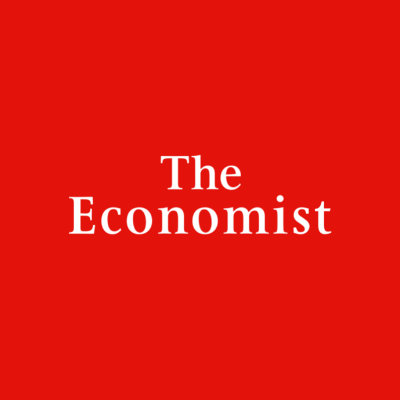 The Economist Article Rating
The Economist Article RatingBritain's Tory rulers set the weather for Labour's fiscal policy
- Bias Rating
10% Center
- Reliability
30% ReliableAverage
- Policy Leaning
10% Center
- Politician Portrayal
N/A
Continue For Free
Create your free account to see the in-depth bias analytics and more.
Continue
Continue
By creating an account, you agree to our Terms and Privacy Policy, and subscribe to email updates. Already a member: Log inBias Score Analysis
The A.I. bias rating includes policy and politician portrayal leanings based on the author’s tone found in the article using machine learning. Bias scores are on a scale of -100% to 100% with higher negative scores being more liberal and higher positive scores being more conservative, and 0% being neutral.
Sentiments
N/A
- Liberal
- Conservative
| Sentence | Sentiment | Bias |
|---|---|---|
Unlock this feature by upgrading to the Pro plan. | ||
Reliability Score Analysis
Policy Leaning Analysis
Politician Portrayal Analysis
Bias Meter
Extremely
Liberal
Very
Liberal
Moderately
Liberal
Somewhat Liberal
Center
Somewhat Conservative
Moderately
Conservative
Very
Conservative
Extremely
Conservative
-100%
Liberal
100%
Conservative

Contributing sentiments towards policy:
54% : A few of the Labour Party's preferred villains -- such as private schools, large tech firms and energy companies -- would pay a bit more tax if Ms Reeves were to move into 11 Downing Street after the next election.51% : In her speech Ms Reeves pledged "iron discipline" on public spending overall.
47% : But the overall shape of public spending and taxation, at least on day-to-day spending, would be remarkably similar to that planned by the current Conservative chancellor, Jeremy Hunt.
43% : In the 1992 election campaign, Labour's plans for higher public spending had been presented as a "tax bombshell"; five years later Sir Tony Blair's incoming Labour government stuck to the baseline and simply pledged to match Conservative spending plans.
*Our bias meter rating uses data science including sentiment analysis, machine learning and our proprietary algorithm for determining biases in news articles. Bias scores are on a scale of -100% to 100% with higher negative scores being more liberal and higher positive scores being more conservative, and 0% being neutral. The rating is an independent analysis and is not affiliated nor sponsored by the news source or any other organization.





















